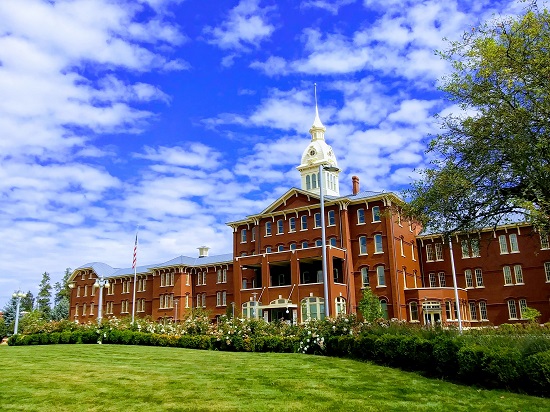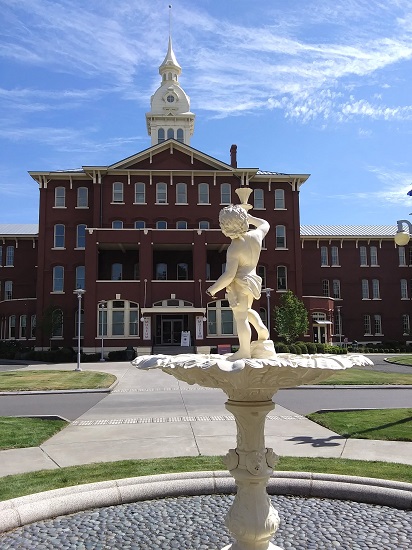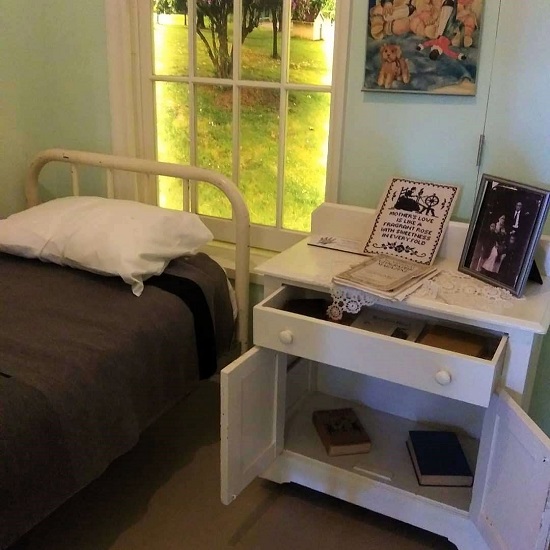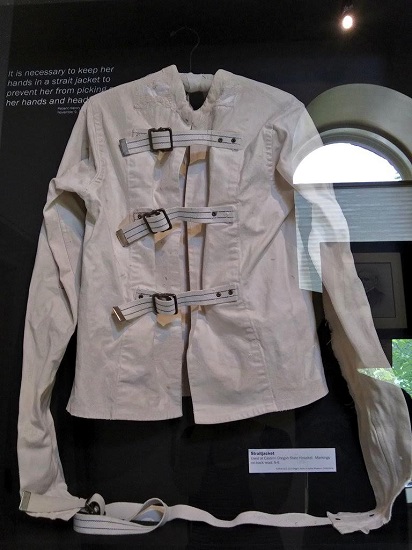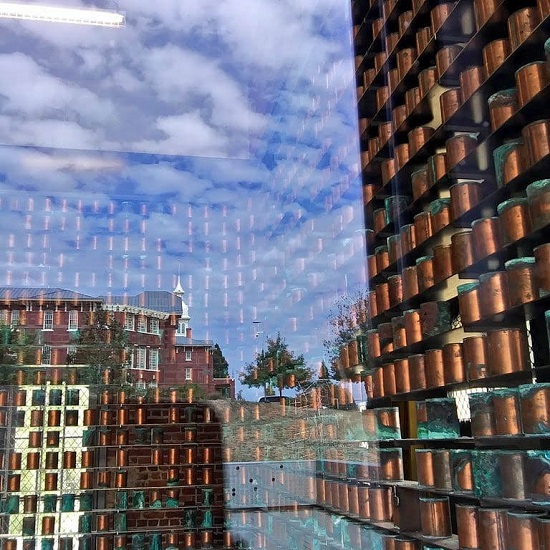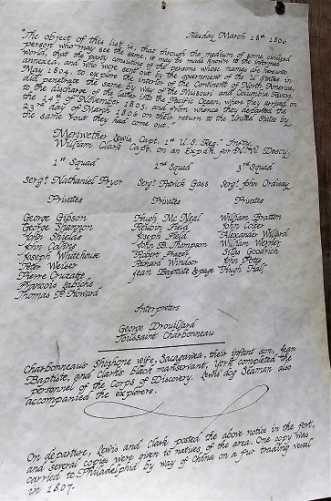Belmont-Paul Women’s Equality National Monument
Saturday, August 10, 2019, Washington, D.C.
On my last trip to Washington D.C. in 2019, I visited the Belmont-Paul Women’s Equality National Monument. This National Monument is interesting for two reasons, obviously one is its connection to the National Women’s Party, a group in the United States that fought for women’s suffrage and other issues of women’s equality. Second, the history and architecture of this building is so interesting!
The home was built between 1799 and 1800, and it was probably designed by Leonard Harbaugh at the beginning of his career. He also designed many notable buildings in the early days of Washington D.C. In 1814, the British partially burned the home during the War of 1812; the stories go that there was gunfire at the home directed at British soldiers. The home was owned and occupied by the Sewall family until 1912.
Vermont Senator Porter Dale purchased the home in 1922, and renovated it. Meanwhile, the National Women’s Party had purchased a different property nearby, which was seized by eminent domain to build the Federal Triangle complex. On the hunt for a new headquarters property, organization co-founder Alva Vanderbilt Belmont purchased an option for the Sewall House. They purchased the property in 1929. In the 1950s there was a proposal to condemn the building and demolish it to build underground security vaults for the Senate building. Thankfully, citizen opposition saved the building.
What was going on inside the walls was equally fascinating!
The fight for women’s suffrage in the United States is largely considered to have begun at the first Women’s Rights Convention in Seneca Falls, New York, in 1840. I have visited that site as well, if you want to read more about it! It took 80 more years of lobbying and protesting before white women finally universally gained the right to vote in the United States. Of course, this all happened before the National Women’s Party owned the Belmont-Paul House, but since that time, the party has lobbied for other issues of women’s rights and eliminating sex discrimination, notably, the Equal Rights Amendment (ERA).
The ERA was passed by Congress in 1972, and was ratified by some of the states, but it was not passed by enough states to become an amendment to the Constitution. Since the deadline passed, a few more states have ratified the amendment, but of course, those are not legally binding. Some detractors argue that after so many other laws have passed, notably the Civil Rights Act of 1964 and the Equal Pay Act of 1963, that the amendment is no longer needed.
The tour of the house included some of the artifacts of the party, like writing desks and clothing, as well as exhibits on the attempt to pass the suffrage legislation. There were also banners that the women carried during their two and a half year picket of the White House. You read that correctly! Women involved in the National Women’s Party stood outside the White House from January 10, 1917, to June 1919. They were there in all sorts of weather, and were arrested, beaten, and went on hunger strikes to protest their treatment in jail. In response, prison guards forced feeding tubes down their throats, causing injuries that never healed. The attempt to gain women’s suffrage was not always a peaceful undertaking.
In 2021, the National Women’s Party ceased operations, and donated its papers and artifacts to the Library of Congress. The legacy of this movement lives on in the education provided by the National Monument at the Belmont-Paul House. It was an interesting place to visit!












